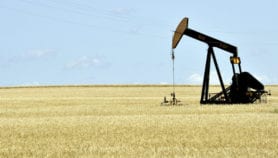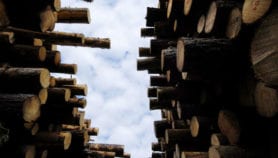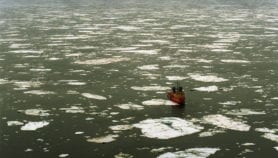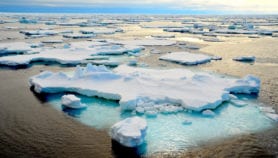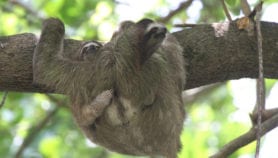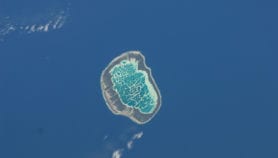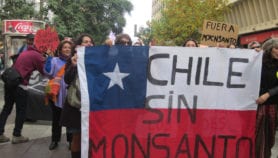Send to a friend
The details you provide on this page will not be used to send unsolicited email, and will not be sold to a 3rd party. See privacy policy.
Coiba, the largest island off the Central America’s Pacific coast, is a treasure trove of new species. In May 2002 alone, seven species unknown to science were discovered there.
Some of the island’s species, especially its corals, produce chemicals that could lead to new drugs. As Tina Butler reports in this article, the International Cooperative Biodiversity Groups (ICBG) Program recently discovered a soft coral species that could help fight malaria.
However, looking for species with medicinal properties — or bioprospecting — can be challenging for a developing country. Issues of who owns the intellectual property for such discoveries and how the benefits derived from them should be shared are unresolved in many parts of the world.
Despite the medicinal promise Coiba holds, much depends on how well the island’s ecosystem is managed.
Although Coiba was declared a national park in 1991, it remains threatened by fishing and agricultural waste. Scientists need to persuade the government of the island’s potential to ensure that its resources are properly managed, says Butler.
Link to full Mongabay.com articleMore on Bioprospecting
News
Combining cassava species could lead to better crops
[SAO PAULO] Combining tissues from different cassava species may lead to a new method for improving t ...16/10/12
News
Biodiversity data gaps ‘need bridging’ to meet global targets
[HYDERABAD] Global biodiversit ...11/10/12
News
Meeting puts socioeconomic impact on biosafety agenda
[HYDERABAD] An international treaty meeting on biosafety has recommended to include the socioeconomic ...09/10/12
Feature
Guide and glossary to CBD
The Convention on Biological Diversity (CBD) has spawned a series of agreements and technical ...07/10/12


